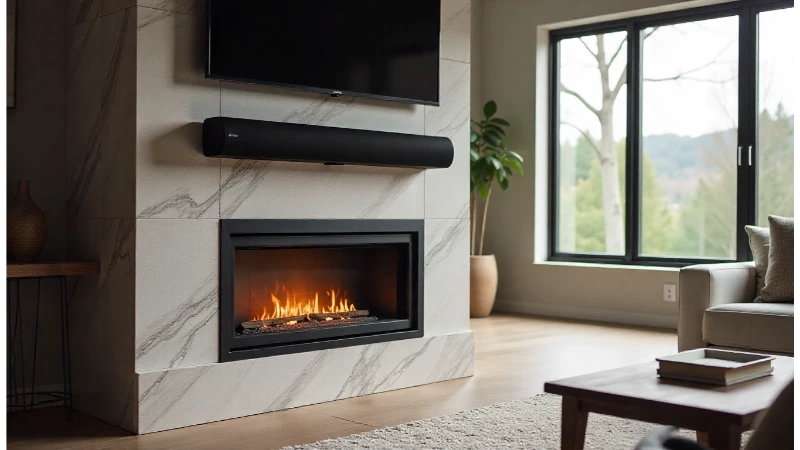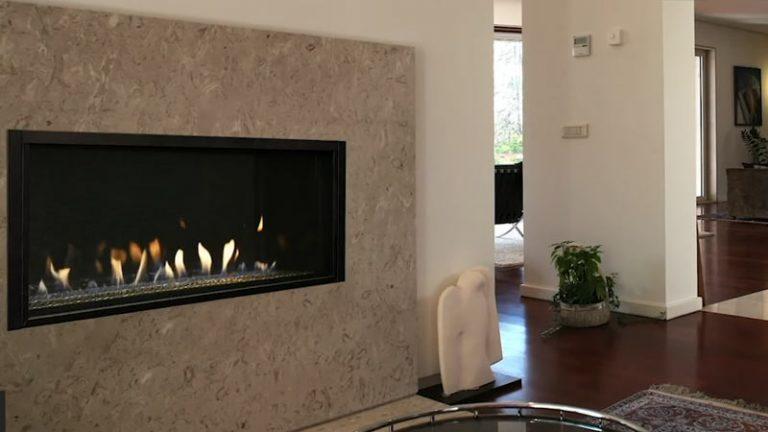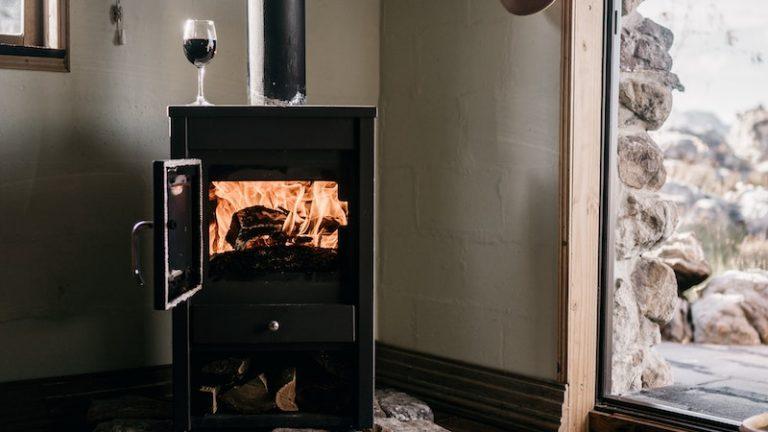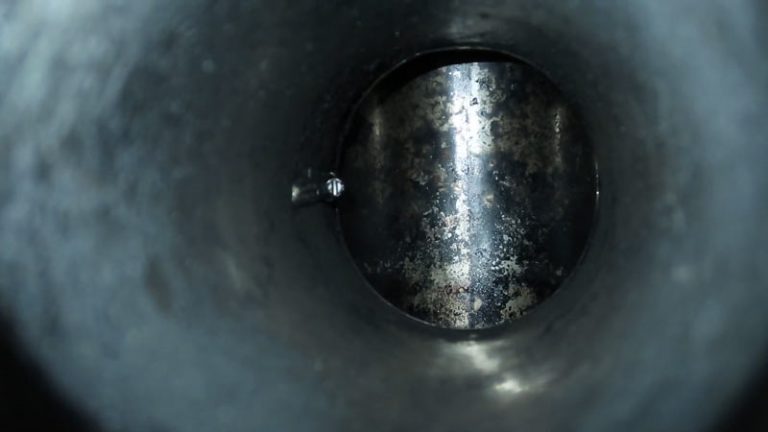Soundbar Above Fireplace: The #1 Mistake You’re Making (and How to Fix It!)
The fireplace is the natural focal point of a living room. It’s where families gather, and it provides a sense of warmth and comfort. It’s no wonder, then, that mounting a sleek flatscreen TV above the mantel has become one of the most popular interior design trends.
Logically, the next step is finding a home for your soundbar. To keep things clean and centralized, placing the soundbar above the fireplace, right below the TV, seems like the obvious choice. Unfortunately, this common decision can lead to a host of problems you might not see coming.
This guide will expose the hidden dangers of this popular placement and provide a clear, step-by-step solution to achieve the perfect balance of style, safety, and spectacular sound.
You'll Learn About
The Hidden Dangers: Why a Soundbar Above a Fireplace Can Be a Terrible Idea
Before you drill a single hole, it’s crucial to understand the three primary threats to your home theater dreams: intense heat, poor acoustics, and complex installation. Ignoring these factors can lead to damaged equipment and a disappointing audio experience.
The Heat is On: A Soundbar’s Worst Enemy
The single most significant risk is heat. Your fireplace, whether it’s wood-burning or gas, generates a tremendous amount of convective heat that rises directly upwards. Electronics and high temperatures are a disastrous combination.
Your soundbar is packed with sensitive components, from processors and amplifiers to delicate speaker drivers. Prolonged exposure to temperatures outside its specified operating range can cause plastic casings to warp, internal solder points to fail, and circuits to fry completely. This damage is often irreversible and almost certainly voids your warranty.
Even if the heat isn’t intense enough for catastrophic failure, it can shorten the lifespan of your device. Consistently operating at elevated temperatures puts a strain on all components, leading to premature aging and failure. The heat output needs careful management, which can even come down to knowing `how-many-duraflame-logs-to-use` to maintain a consistent, predictable temperature.
An Acoustic Nightmare: Sound Firing Over Your Head
Soundbars are meticulously engineered to deliver audio at or near ear level. This placement ensures that dialogue is clear, sound effects are immersive, and the audio soundstage feels wide and enveloping. When you mount a soundbar high above a fireplace, you defy the very principles of its design.
The sound is projected over your head, not at you. This means dialogue can sound muffled and distant, forcing you to crank up the volume. Furthermore, advanced audio formats like Dolby Atmos, which rely on height channels to create a 3D sound bubble, become ineffective as the sound is already starting from a compromised high position.
Think of it like attending a concert where the band is playing from the ceiling. You’ll hear the music, but you’ll miss all the nuance, directionality, and impact. The audio will feel disconnected from the picture on the screen, creating a jarring and unsatisfying viewing experience.

The Wiring and Mounting Challenge
Beyond heat and sound, there are the practical logistics of installation. A fireplace surround is not a simple drywall partition. You are often dealing with brick, stone, marble, or tile, all of which are difficult and unforgiving materials to drill into.
Running the necessary cables—power and HDMI (or optical)—can be a significant headache. You need a clean, hidden look, which might involve fishing wires through a chimney breast, a task that can be complex and may require a professional. An improper installation can lead to a wobbly soundbar, visible wires, or permanent damage to your fireplace facade.
The Right Way: A Step-by-Step Guide to a Safe Installation
If, after considering the challenges, mounting the soundbar above the fireplace is still your only viable option, do not despair. By taking the right precautions and using the correct hardware, you can mitigate the risks and achieve a great result. Follow these steps carefully.
Step 1: The All-Important Heat Check
This is the most critical step. Do not skip this test. Before you even purchase a mount, you need to know exactly how hot the intended location gets. Start a fire or turn on your gas fireplace and let it run for at least an hour to reach its typical operating temperature.
Using an infrared thermometer gun, measure the surface temperature of the wall exactly where you plan to mount the soundbar. Do this every 15 minutes for another hour to see how the heat builds. Most electronics are rated for a maximum operating temperature of around 95-100°F (35-38°C). If your readings are consistently above this, you must reconsider the placement or install a heat-deflecting mantel.
A thick, solid mantel can act as a crucial shield, deflecting the rising heat away from the wall and your sensitive electronics. If you don’t have one, installing one should be your top priority.
Step 2: Choose Your Weapon: The Best Mounting Solutions
A standard wall mount might not be sufficient. You need a solution that addresses either the height of the soundbar or its proximity to the TV. Several innovative products are designed specifically for this scenario.
These mounts can help you position the soundbar slightly forward, away from the wall, or allow it to be angled downwards. This helps with both heat dissipation and sound direction. Some mounts attach directly to your TV’s VESA mounting points, allowing the soundbar to hang below the screen as a single, cohesive unit.
This approach ensures that if you have an articulating TV mount, the soundbar moves with the screen, keeping the audio and video perfectly synced. This is by far the most popular and effective method for this type of installation.
| Mounting Method | Pros | Cons | Best For |
|---|---|---|---|
| Direct Wall Mount | Clean, minimalist look. | High heat exposure; poor sound angle; difficult installation on brick/stone. | Only for well-insulated walls with a deep mantel and low-heat electric fireplaces. |
| TV Mount Extension Bracket | Soundbar moves with TV; improves sound angle; creates space from wall. | Adds weight to the TV mount; requires a compatible TV mount. | Almost all above-fireplace installations, especially with articulating TV mounts. |
| Mantel Shelf | No drilling into the wall; simple placement. | Can look cluttered; soundbar may vibrate on the surface. | Homeowners who want a non-permanent, easy solution. |
| Recessed Nook | Perfectly integrated and shielded from heat. | Expensive; requires major construction; can trap sound if not built correctly. | New constructions or major home renovations. |
Optimizing for Sound: Defeating Bad Acoustics
Once you’ve managed the heat and safely mounted the soundbar, the next challenge is acoustics. You need to compensate for the high placement to ensure the audio is directed towards your ears, not over them.
Tilt and Angle: Directing Sound to Your Ears
The solution is simple but effective: angle the soundbar down. Many modern soundbar mounts and TV extension brackets have a built-in tilt function for this very purpose. By tilting the soundbar forward by 10 to 15 degrees, you can aim the speakers directly at your primary listening position (your couch).
This single adjustment can make a world of difference. It dramatically improves dialogue clarity and brings the audio soundstage down from the ceiling to ear level, re-establishing the connection between the sound and the on-screen action.

Soundbar Calibration is Your Friend
Don’t forget to use the tools your soundbar provides. Many mid-range to high-end models come with automatic room correction or calibration features. This process typically uses a small microphone to analyze your room’s acoustics and adjust the sound output accordingly.
Running this calibration after you’ve mounted the soundbar is essential. It will help compensate for the high placement and any acoustic imperfections in your room, such as reflections from the fireplace surround or the ceiling. It’s a five-minute process that can yield significant improvements.
Managing Your Home Systems: Beyond the Soundbar
A successful home theater setup is part of a larger home ecosystem. The electrical, heating, and cooling systems in your house all play a role in the comfort and performance of your living space.
Power and Climate Control Considerations
Ensure that the electrical circuit you’re using can handle the combined load of your TV, soundbar, and any other connected devices. The ambient temperature of the room also plays a role. Efficient home climate control can help manage the overall heat in the room, especially when the fireplace is on. Considering a modern solution to heating and cooling can make a big difference, and it often raises the question of `is-a-110-or-220-mini-split-better` for your specific needs.
Proper climate management ensures your fireplace isn’t working against your air conditioner, creating a more stable and comfortable environment for both you and your electronics.
When Things Go Wrong: Home System Awareness
Taking care of your home’s core systems is just as important as setting up your entertainment devices. A well-maintained furnace is key to a comfortable home, especially in colder months. Being able to troubleshoot issues is a valuable skill for any homeowner. For instance, if you encounter problems with your heating, knowing what something like the `payne-furnace-code-12-meaning-causes-fixes` signifies can save you time and money, ensuring your entire home remains a comfortable haven.
Final Verdict: Is Placing a Soundbar Above the Fireplace Worth It?
So, can you put a soundbar above a fireplace? The answer is a qualified yes. It is not the ideal position from an acoustic or safety standpoint, but for many people, it is the only option that makes sense aesthetically.
Success hinges entirely on your willingness to address the challenges head-on. You must prioritize heat mitigation, choose the right mounting hardware, and take steps to correct the acoustic disadvantages.
By performing a thorough heat check, using a deep mantel for protection, selecting a mount that allows for a downward tilt, and running your soundbar’s calibration software, you can overcome the inherent drawbacks. It requires more work than a standard installation, but the end result can be a setup that is safe, sounds great, and maintains the beautiful, clean aesthetic you desire.



